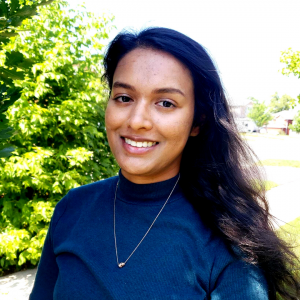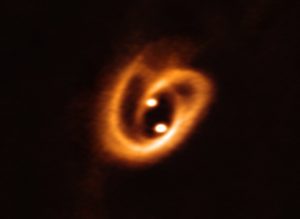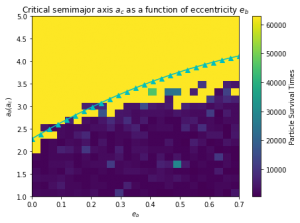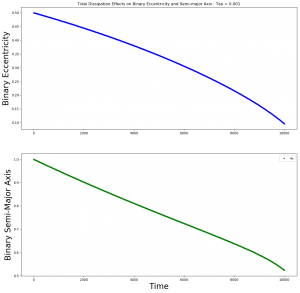
Niharika is a third year undergraduate student majoring in Mathematical Physics at Trent University. Currently living in Peterborough, she is originally from India.
What made you decide to participate in SURP?
I’ve always had an interest in research. Even throughout my previous undergrad, research and the collaborative nature of it was the aspect that I enjoyed the most. Since my switch to Mathematical Physics I have been actively looking for research opportunities to deeply immerse myself into again. When I came across SURP I realized that this would be the perfect opportunity for me to do just that. Asides from the vast range of research opportunities (projects) available, SURP also provides an avenue through which I can meet and collaborate with other passionate individuals in the field.
What is your favourite thing about SURP?
One of the things I enjoy most about SURP is the opportunity to meet with individuals in various levels of their research careers and learn about their unique journeys. As someone following a slightly non-traditional path its interesting and comforting to see that there isn’t just one path of success and there are many other opportunities in this field besides academia. Moreover, I enjoy learning something new everyday, whether it be learning more about the theoretical aspect of my project or enhancing my programming skills.
Can you tell us about your research project?
My research looks into the long term stability of planets and stars in Binary Star systems. I do this by building simulations of the star/planet system I wish to study and place a range of different constraints on orbital elements such as eccentricity and semi major axis. I then look for patterns of stability in terms of orbital survival times or the presence of a critical semi major axis beyond which all test particles show instability. This can then be taken a step further by implementing a simulation of a tidally interacting binary system and observing the orbital evolution of test particles (planets) under these tidal forces.
Can you explain how SURP has perhaps been different from your undergrad work?
SURP has been different from my undergraduate work in a few ways. While my undergraduate work primarily focuses on theory and learning about research conducted in the past, SURP provides me a more hands on approach to learning and the opportunity to meet and learn about research being conducted by professionals currently. SURP also helps me hone many of the practical skills necessary for a career in research whether it be programming, presenting research or collaborating with other professionals.
What are your plans for the future?
I am hoping to pursue a Masters and PhD in the field of astrophysics in the future. Through SURP I hope to narrow down my research interests for my future studies.




